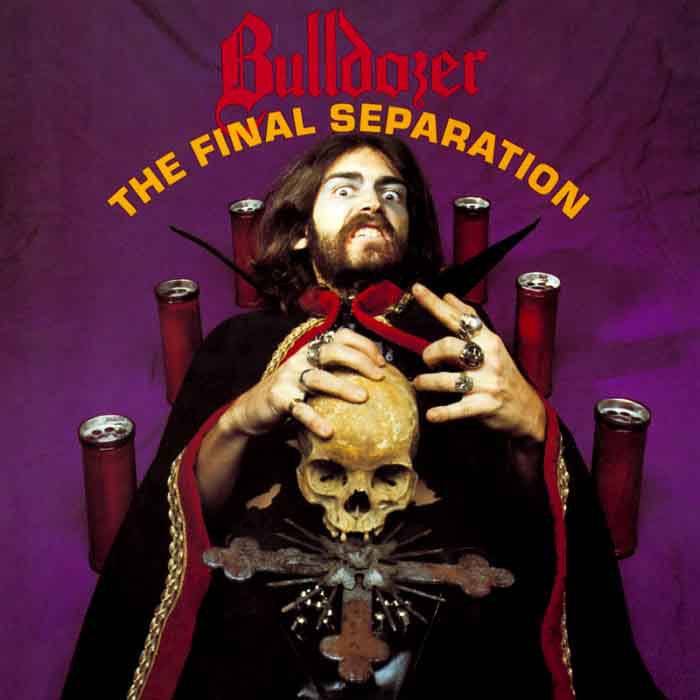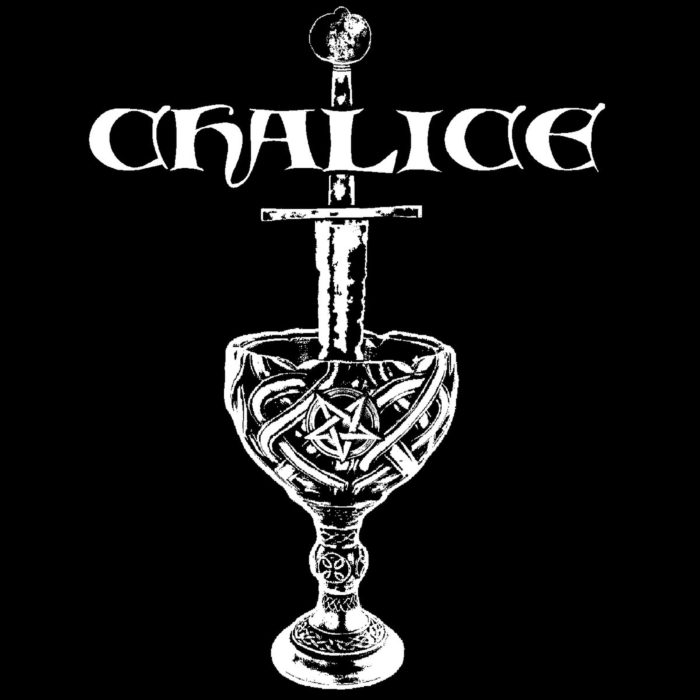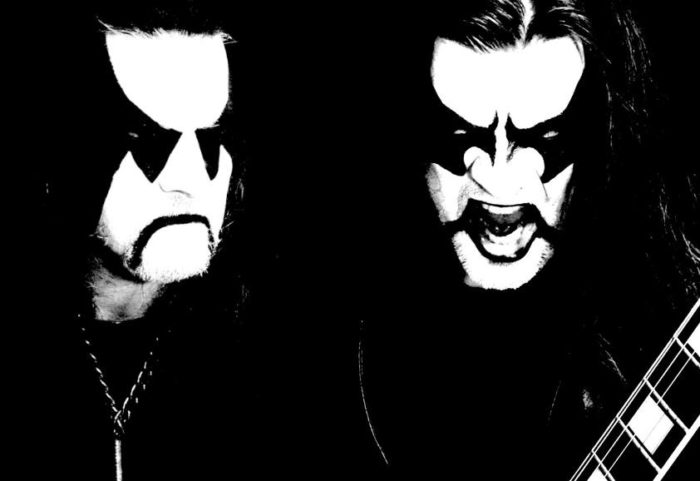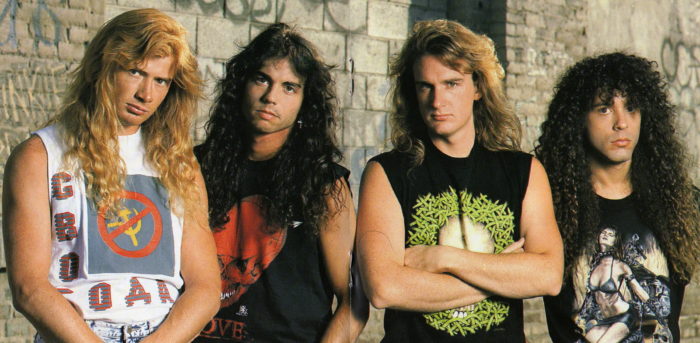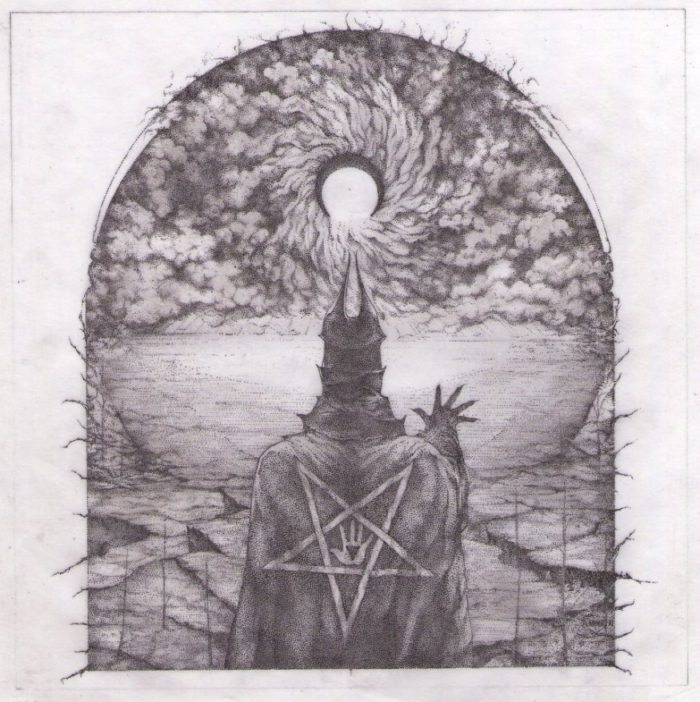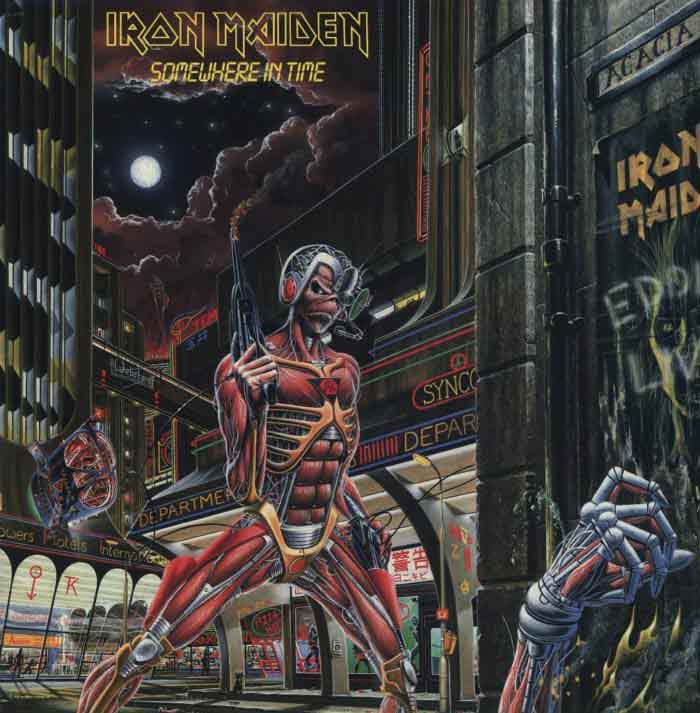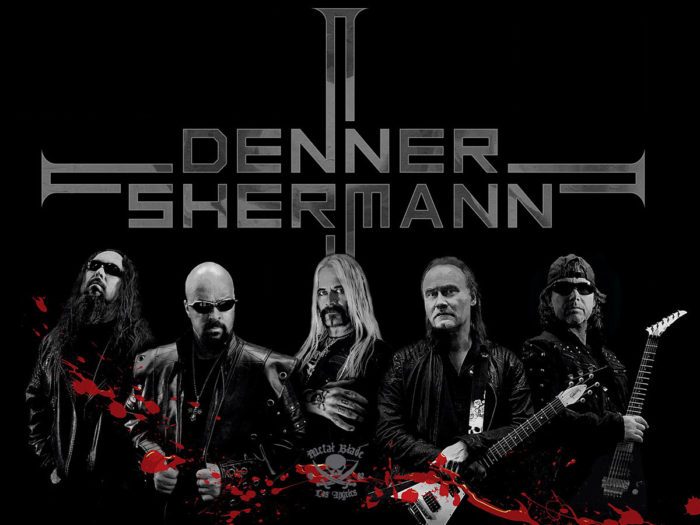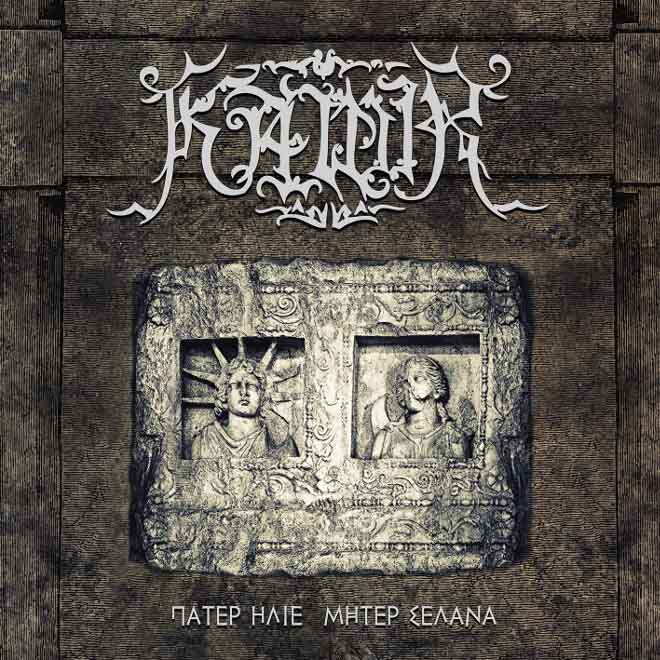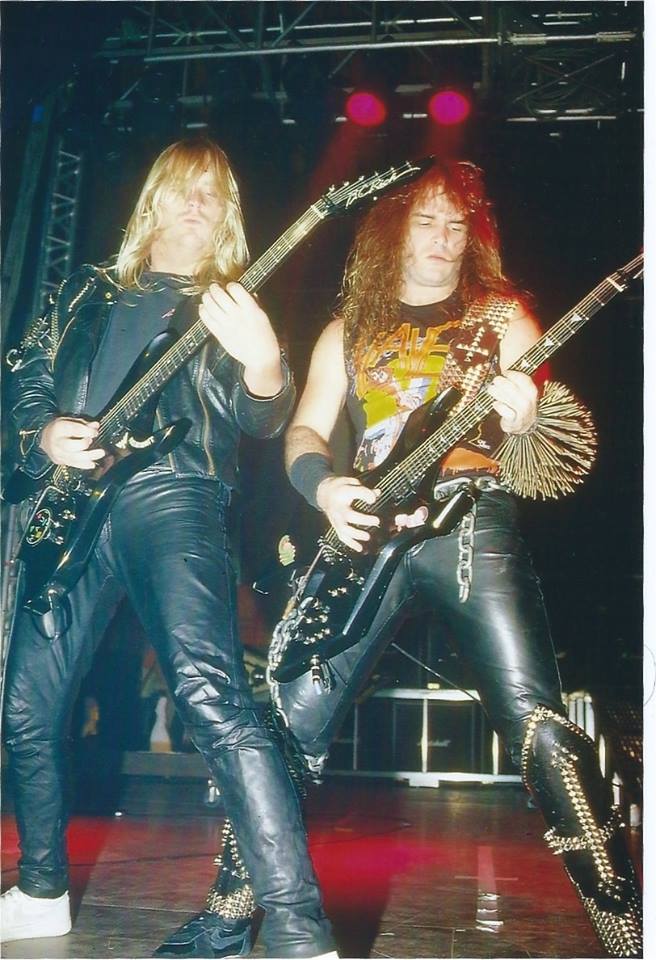
Article by Lance Viggiano
Metal, like nearly every form of contemporary western music, carries legacy traits from western classical music. Noting these inherited qualities and their contribution to metal’s identity is a fruitful venture worth study. Yes, some artists such as Emperor created music that may as well have been performed by an orchestra. Nevertheless there is a distinct tendency among metalheads to validate metal through this heritage. The logic behind this is eloquent and simple: Classical maintains an esteemed position and metal retains compositional/artistic characteristics of classical; therefore metal is good (insert adjective for good: High Art, Quality, etc.). This does a disservice to metal however as it forsakes the baroque for the succinct while deriving much of its power from textural aesthetics. Metal needs to be qualified and judged according to its own merits.
Both forms of music arrange motifs according to an underlying narrative. The pathos of western classical music is derived out of experiments in harmony that attempted to imitate a well ordered and intricately planned cosmos. The composer embodies the role of the One God who conceives and executes a nature in which each of its parts cooperate in accordance with divine law or in the case of music: its score and story. Metal however is all about the riff; not just its position in the score but also the way it sounds and the way it feels. Downtuning a guitar, plugging it into a bass amp, and dialing the gain knob to its upper limit are not trivial or accidental decisions. The textural component gives the music body which allows for succinct motifs to achieve significance out of relative simplicity. On the other hand, classical must take on a ”notey” characteristic to give the music weight. The roar of an ensemble is a force of its own, yet it is comparatively tame next to the bludgeoning delivered by an amplifier and a few pedals.
Classical entices the mind with intricate and ornate patterns while metal ignites the heart by delivering an unabashedly barbaric, vitriolic and brash force of will. With each occupying distinct but equally valid dimensions of the human experience – The mind and the heart, respectively – it becomes clear that using one to validate the other does a great disservice to each form of music. Unplug metal and survey its patterns next to classical and one will find that it sounds as if it was composed by intellectually immature children. Plug classical patterns into metal and one finds that the need to make tonal sacrifices to retain clarity while distilling patterns down so as to be performed by fewer instruments results in sterile powerless wank which exists without proper support.
The Romantic movement turned its gaze back to the primacy of nature from the perspective of the civilized man who took all of his habits of thought with him; retaining his clear, distinct abstract patterns and hard mental boundaries. He walks at a distance from the forest so as to keep his boots from the blemishing mud and his coat from the shearing thicket. The Romanticism of metal walks barefooted against the cold soil, barely managing to escape the weather but never the bonds of nature. His damp stone refuge is aerated by a primate musk so thick that the festering gobbets and searing tendons of his kill cannot penetrate it. The civilized man understands nature as an idea from which he is blissful detached and divinely endowed to understand while the uncivilized man understands nature as an irrational outpouring of desire against which his only freedom is attained by projecting his own will against the world. Each vantage point offers a unique view of the same landscape. From that summit the artistry of metal ought to be discussed and ultimately, loved.
37 CommentsTags: article, beherit, black sabbath, Classical, classical music, composition, Dismember, emperor, Heavy Metal, metal, Philosophy, Romanticism, slayer
